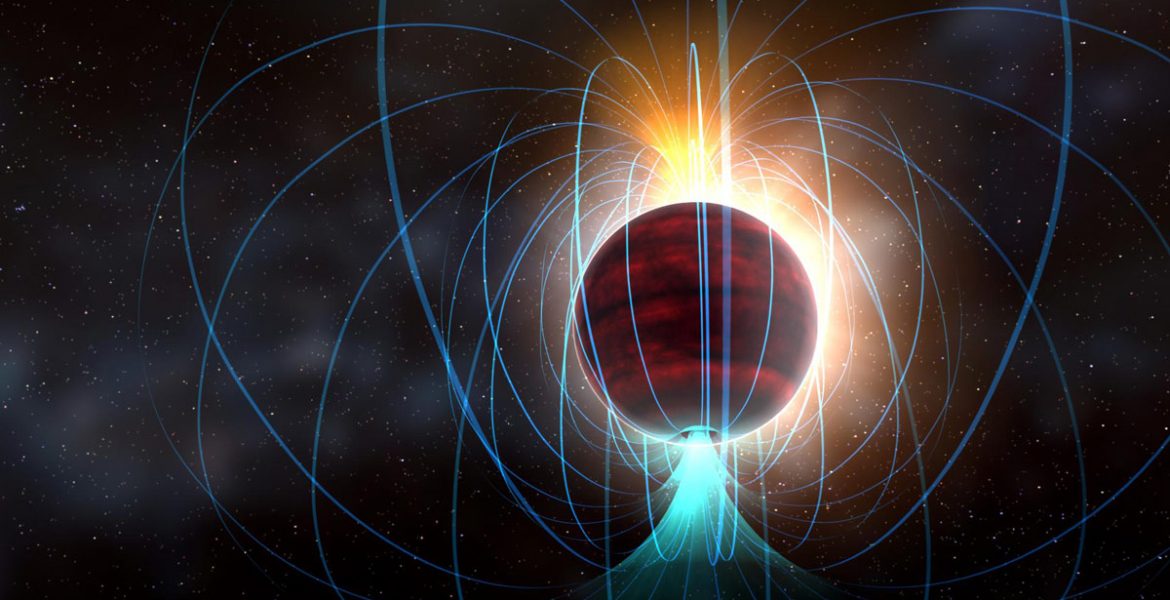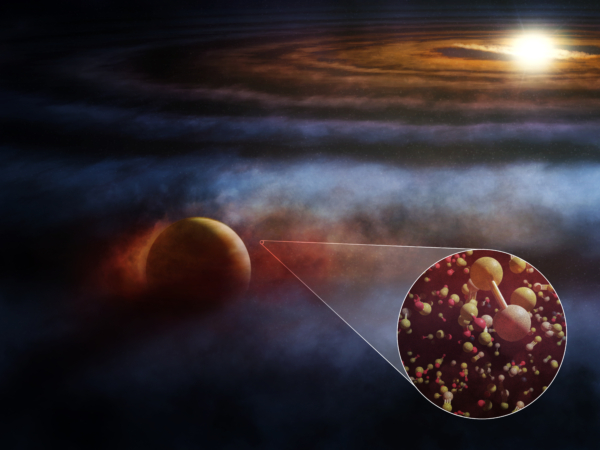When magnetic fields are extremely strong, charged particles caught in these fields can be accelerated to incredible speeds. As they accelerate around the magnetic field, the charges can emit light directly. It’s known as synchrotron radiation, and it’s often seen coming from the heated accretion disks of black holes.




